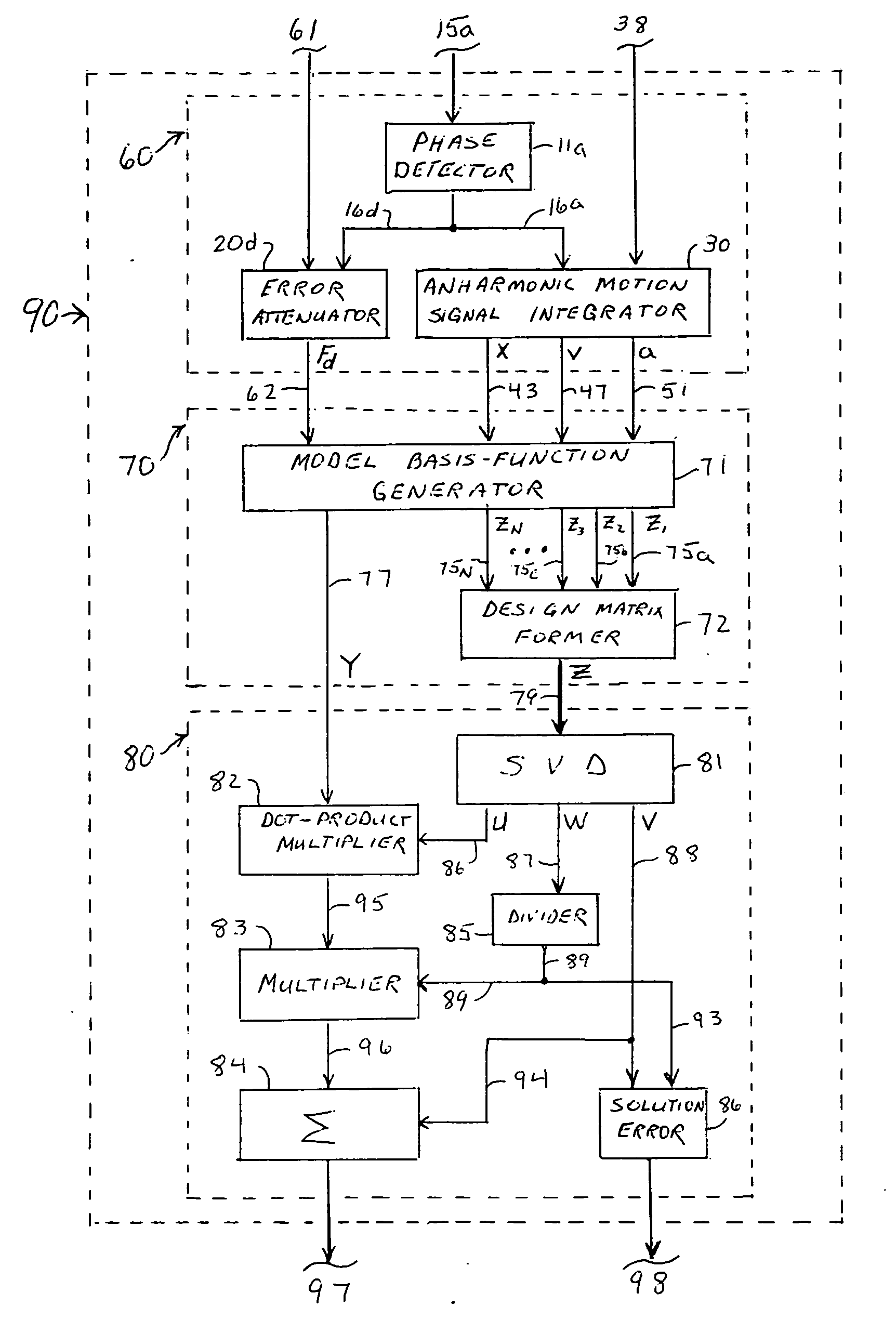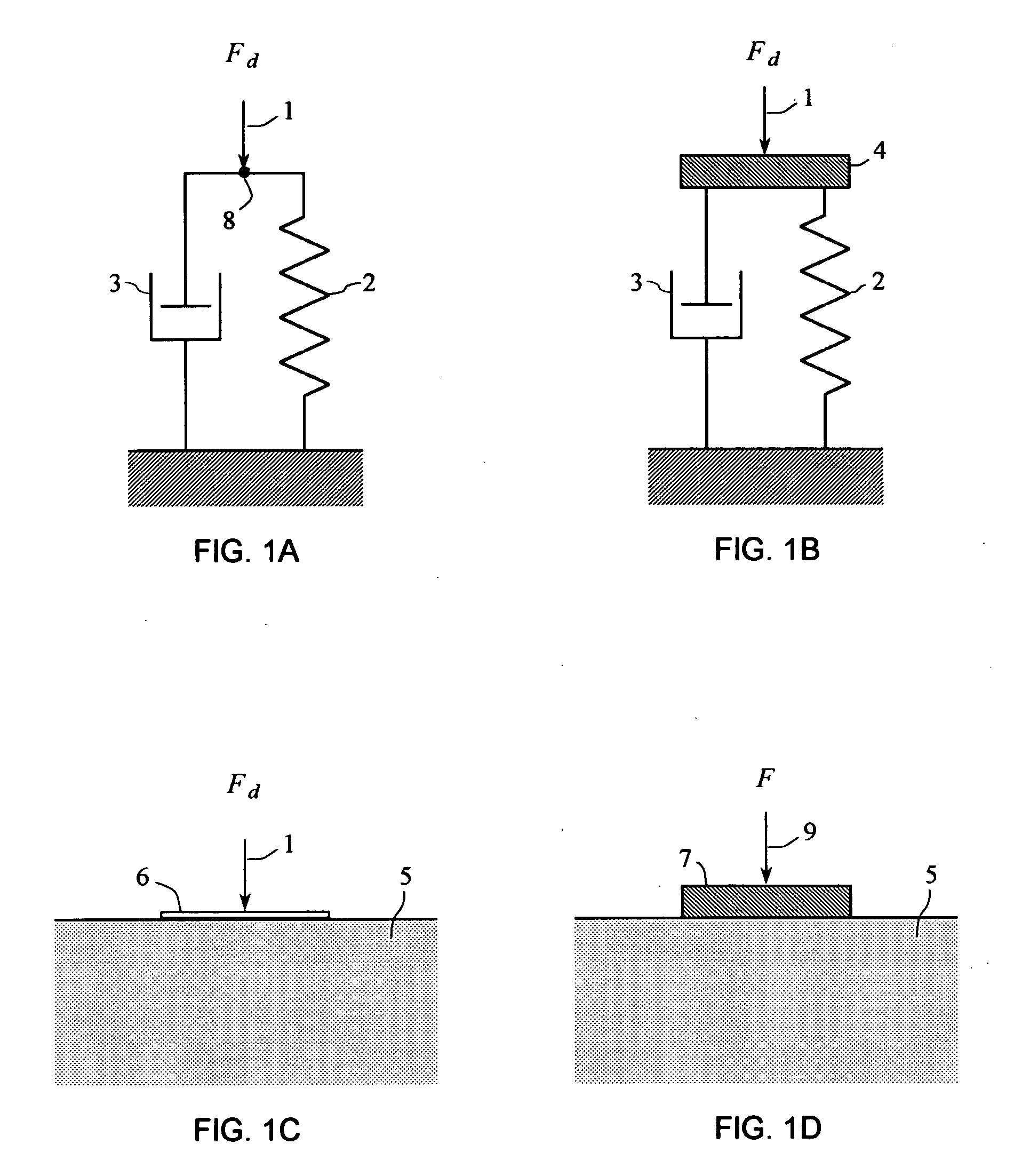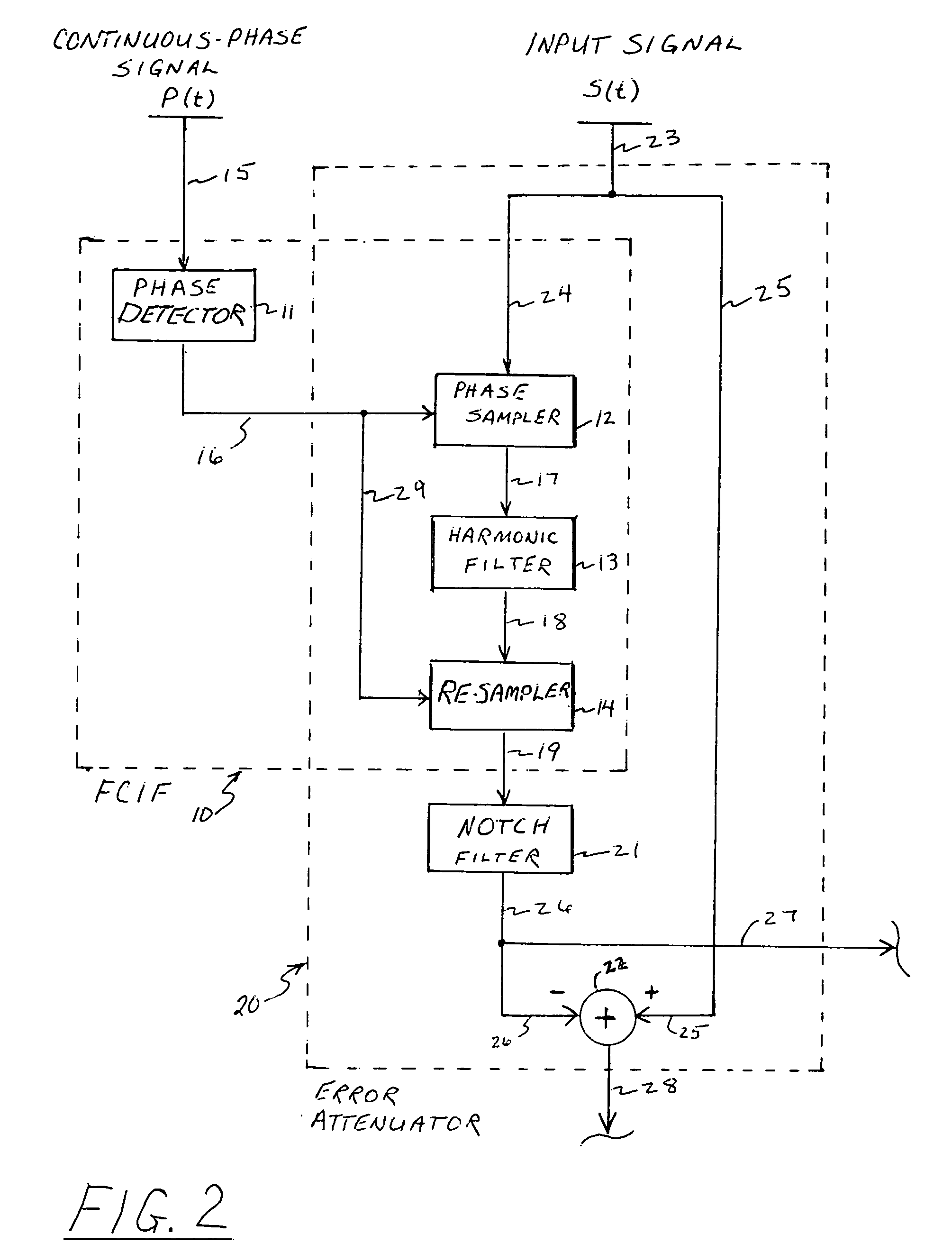Systems and methods to determine elastic properties of materials
a nonlinear elastic and material technology, applied in the direction of analyzing solids using sonic/ultrasonic/infrasonic waves, analyzing material hardness using single impulsive force, etc., can solve the problem of difficult to reliably determine elastic properties, time-consuming, costly or impractical to constrain the material in a test apparatus, and limit the usefulness of these methods to low-amplitude driving forces
- Summary
- Abstract
- Description
- Claims
- Application Information
AI Technical Summary
Benefits of technology
Problems solved by technology
Method used
Image
Examples
example 1
[0644] Elastic properties of the soil at the surface of the earth at a test location were determined from the driving-point response of the soil, using an embodiment of the systems and methods of the present invention. A seismic vibrator actuator generated the driving force applied to the soil, and a vibrator control system acquired signals representative of the driving-point response of the soil. The soil being tested was in situ, in place at the surface of the earth.
PUM
| Property | Measurement | Unit |
|---|---|---|
| frequency | aaaaa | aaaaa |
| ending frequency f2 | aaaaa | aaaaa |
| ending frequency f2 | aaaaa | aaaaa |
Abstract
Description
Claims
Application Information
 Login to View More
Login to View More - R&D
- Intellectual Property
- Life Sciences
- Materials
- Tech Scout
- Unparalleled Data Quality
- Higher Quality Content
- 60% Fewer Hallucinations
Browse by: Latest US Patents, China's latest patents, Technical Efficacy Thesaurus, Application Domain, Technology Topic, Popular Technical Reports.
© 2025 PatSnap. All rights reserved.Legal|Privacy policy|Modern Slavery Act Transparency Statement|Sitemap|About US| Contact US: help@patsnap.com



